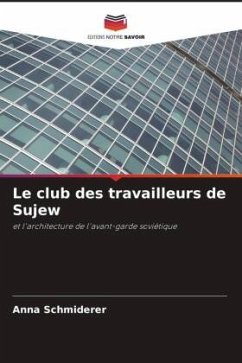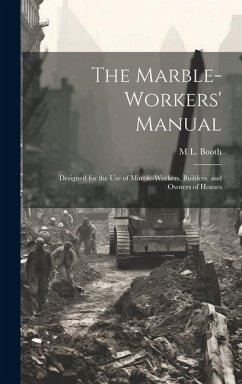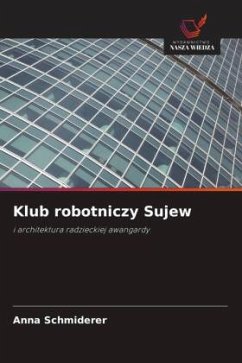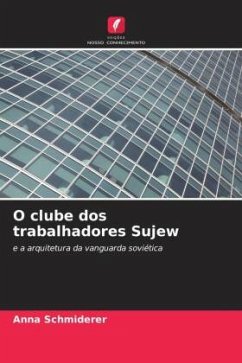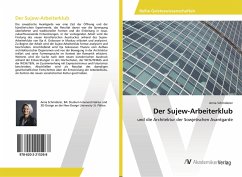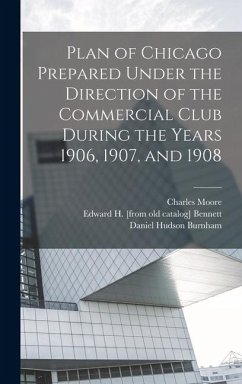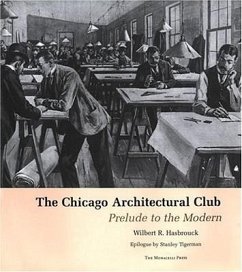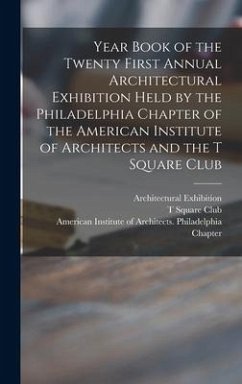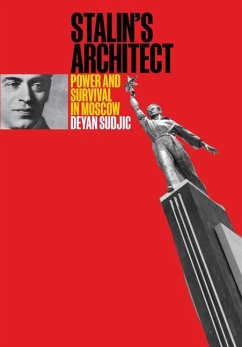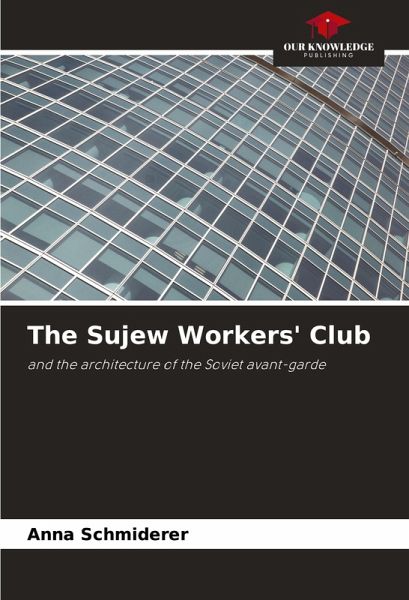
The Sujew Workers' Club
and the architecture of the Soviet avant-garde
Versandkostenfrei!
Versandfertig in 6-10 Tagen
27,99 €
inkl. MwSt.

PAYBACK Punkte
14 °P sammeln!
The Soviet avant-garde was a period of openness and artistic experimentation, resulting in the destruction of traditional forms and the introduction of new, forward-looking developments. This thesis explains and analyses the discovery of a new form of artistic expression using the example of Ilya A. Golossov's Sujev Workers' Club in Moscow. The work begins with a formal analysis and description of the Sujev Workers' Club. This is followed by an explanation of Ilya Golossov's theory of the structure of architectural organisms and movement in architecture, and an explanation of his formal langua...
The Soviet avant-garde was a period of openness and artistic experimentation, resulting in the destruction of traditional forms and the introduction of new, forward-looking developments. This thesis explains and analyses the discovery of a new form of artistic expression using the example of Ilya A. Golossov's Sujev Workers' Club in Moscow. The work begins with a formal analysis and description of the Sujev Workers' Club. This is followed by an explanation of Ilya Golossov's theory of the structure of architectural organisms and movement in architecture, and an explanation of his formal language in the context of Romanticism. Furthermore, the search for new artistic expression is described on the basis of developments in the universities, the VKhUTEMAS and the VKhUTEIN, in connection with Expressionism and Futurism. Finally, the social progress of the time is described in terms of the development of workers' clubs as centres of the new socialist culture.



